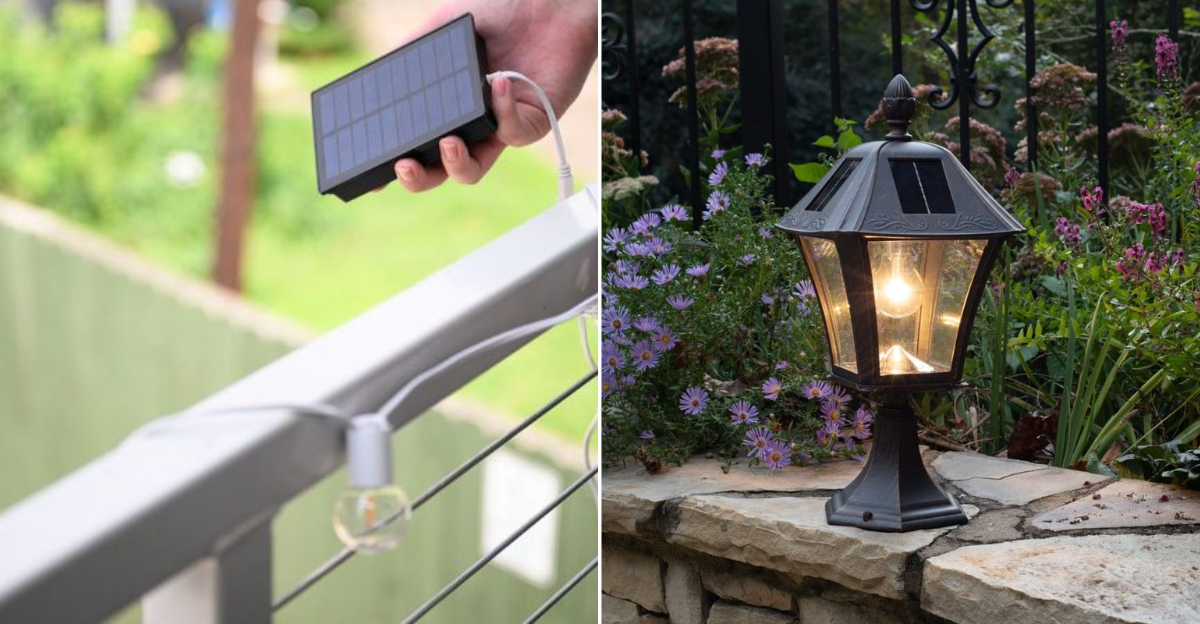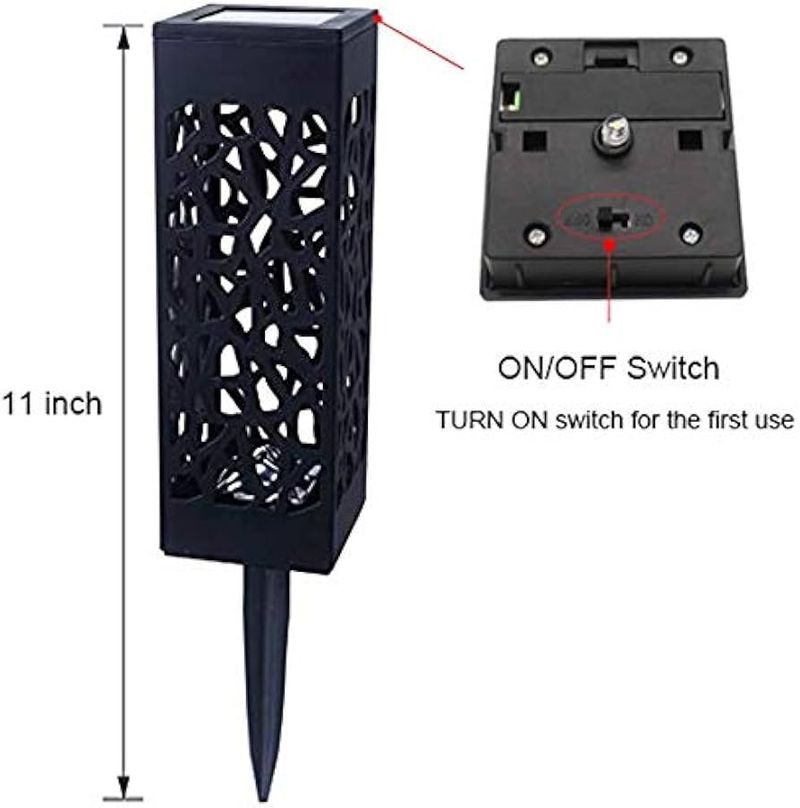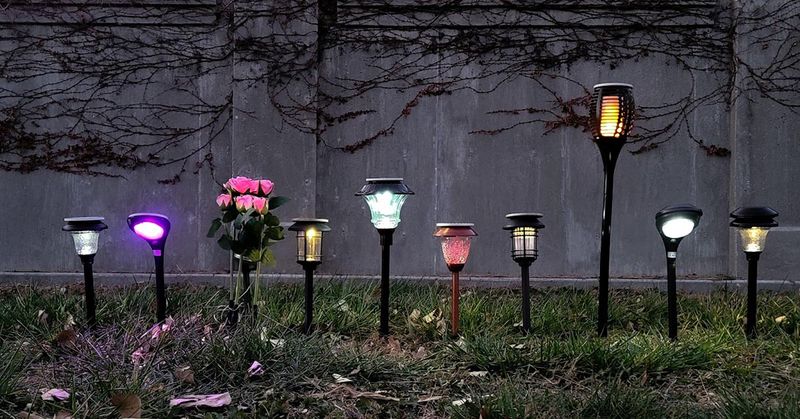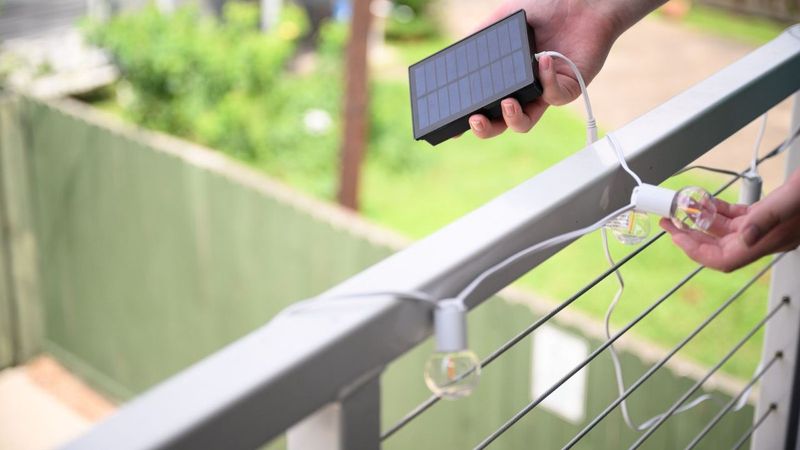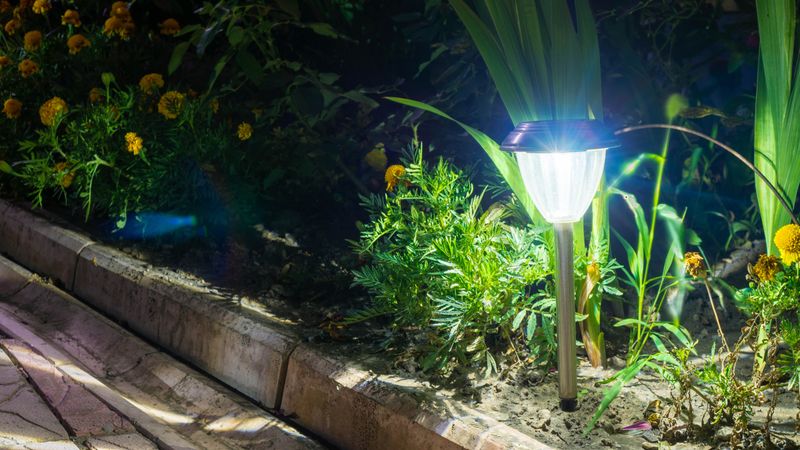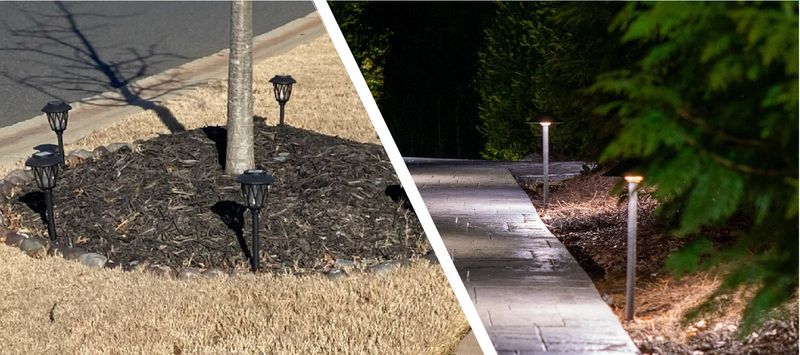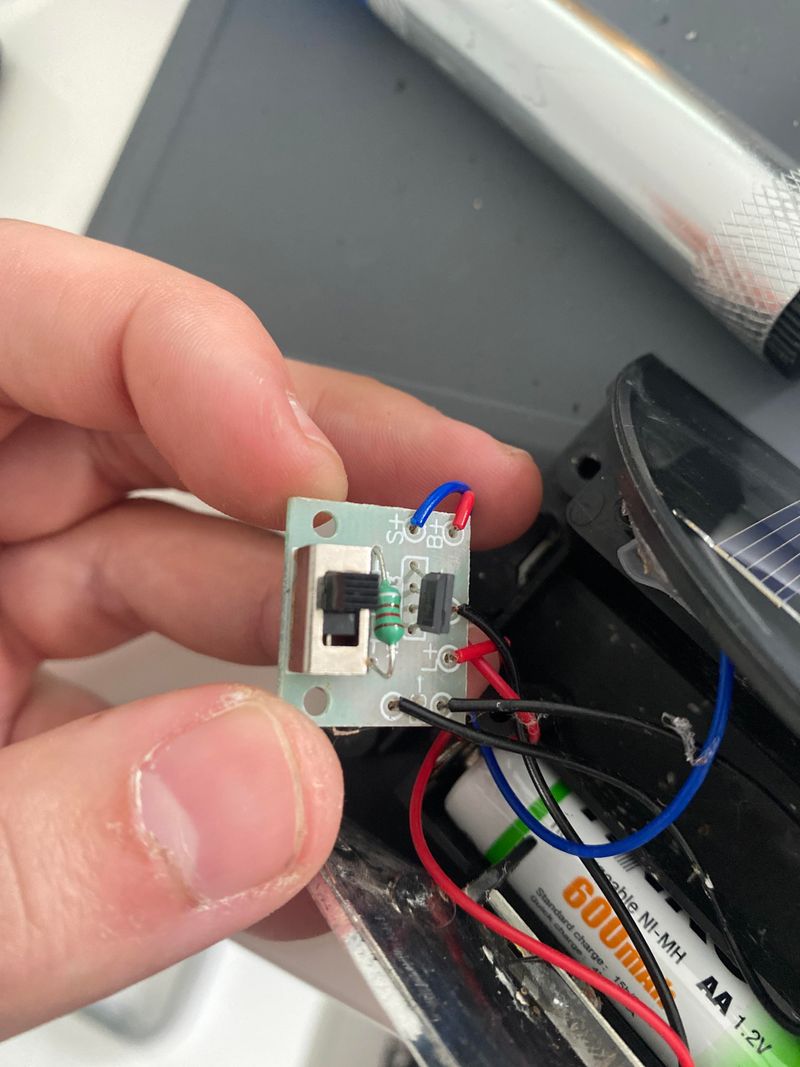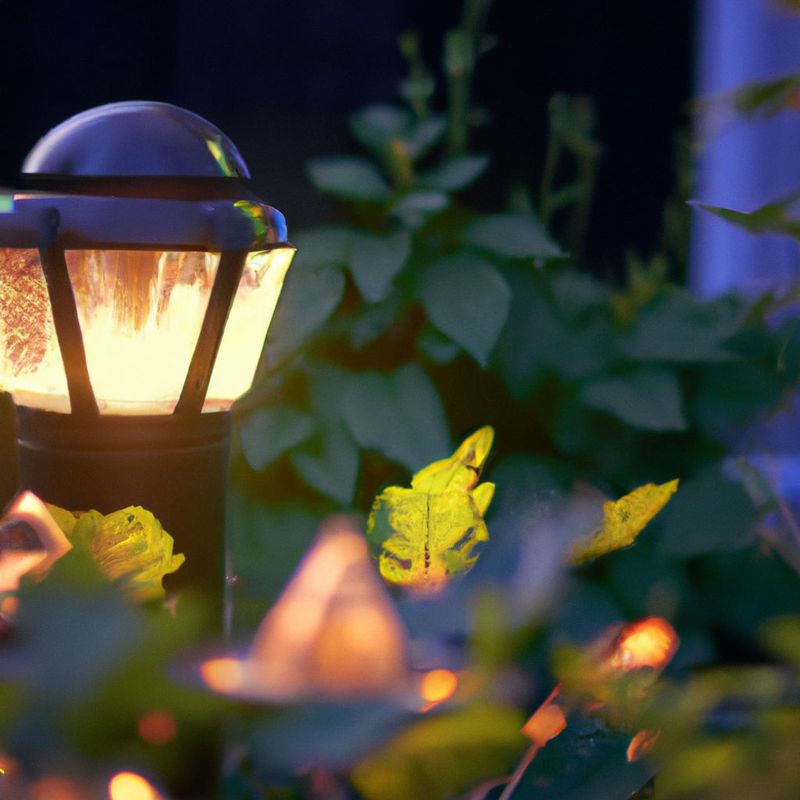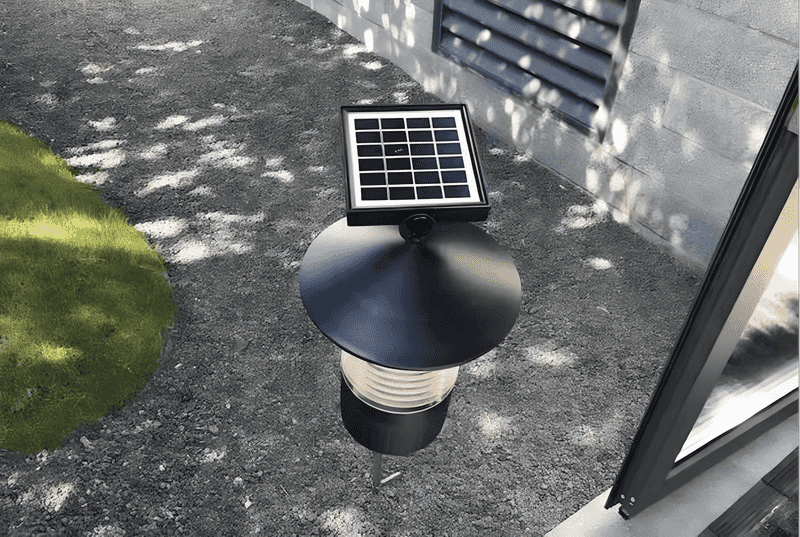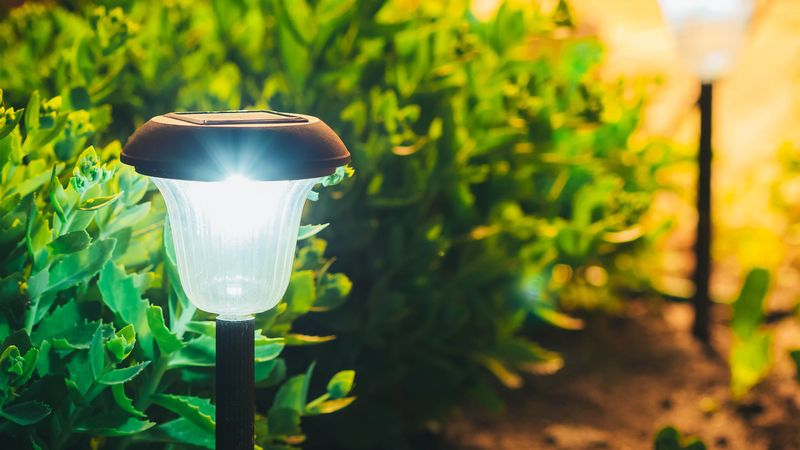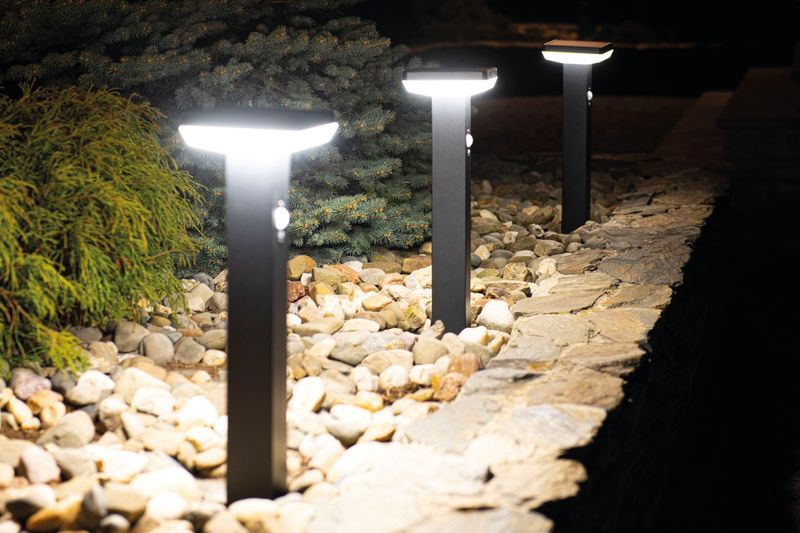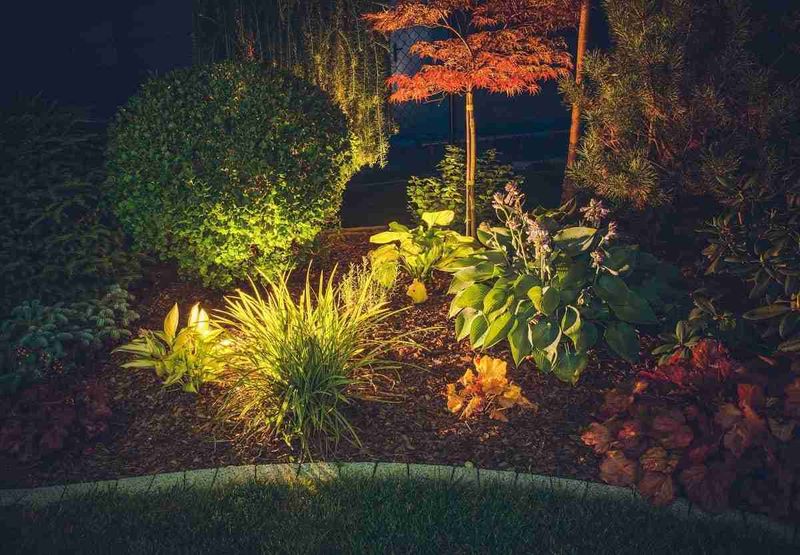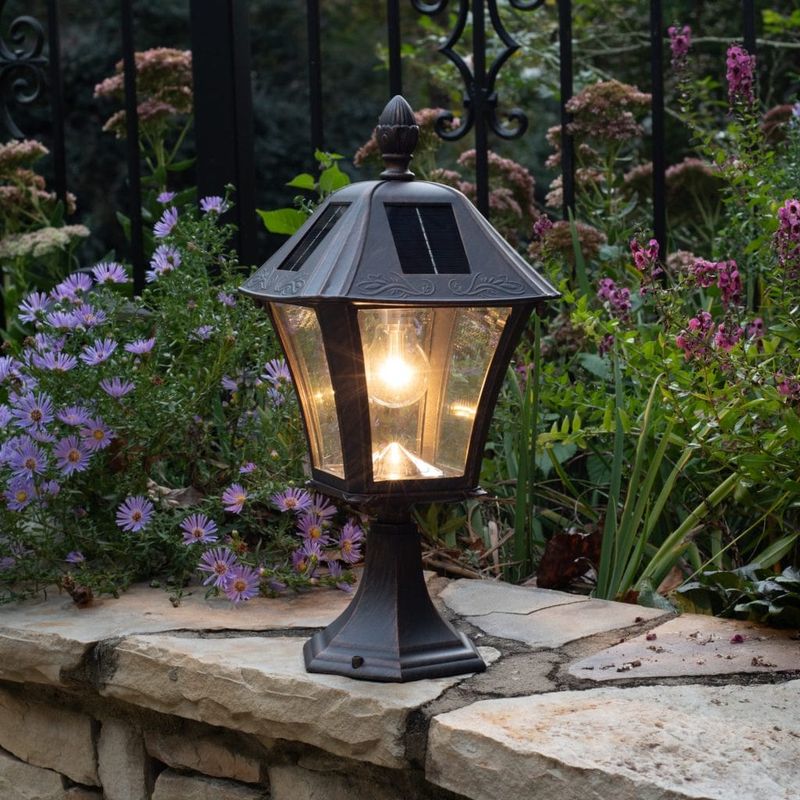Solar lights are an easy, energy-saving way to brighten up your yard, pathway, or patio. But if they’re not set up or maintained correctly, they won’t shine as bright—or last as long—as they should.
Whether you’re just getting started or already have a few lights in place, knowing what not to do can make a big difference.
Here are 9 common mistakes that might be dimming your solar setup—and how to fix them for a longer-lasting, better-looking glow.
1. Forgetting to Activate the Lights
It might sound obvious, but many solar lights come with an on/off switch that needs to be activated before use. Forgetting this step can leave you wondering why they’re not working.
Double-check the switch before installation. If your lights don’t turn on after charging, this is one of the first things to inspect.
Activating the switch ensures the solar panel begins collecting and storing energy. It’s a small but essential step that often gets missed during setup. Always check for this feature when unboxing new lights.
2. Crowding the Solar Panels
Placing decorative items or plants too close to solar lights can block sunlight from reaching the panel. This limits their charging ability, especially in compact garden spaces.
Keep at least a few inches of clearance around each panel to allow full sun exposure throughout the day. It may seem minor, but it makes a big difference.
Proper spacing ensures each light receives the energy it needs to function. Avoid cluttering the area to let your lights shine at their best.
3. Not Testing Before Final Placement
Installing solar lights without testing them first can lead to unnecessary frustration. You might end up having to relocate them later if they don’t charge properly in that spot.
Set the lights in place temporarily and observe their performance for a day or two. Make adjustments before committing to a final position.
Testing ensures optimal placement for brightness and reliability. It saves time and effort while helping you get the most out of your solar investment. Always test before securing your lights.
4. Incorrect Placement
Placing solar lights in shaded areas is a common error many make. These lights rely on sunlight to charge efficiently, so placing them under trees or eaves can diminish their functionality.
Make sure to position them where they receive ample sunlight throughout the day. Testing different spots in your garden can help find the best location.
Once correctly placed, you’ll notice a marked improvement in their performance. Avoid shaded locations for a brighter, well-lit garden path or patio. Ensure they face south for optimal sunlight exposure.
5. Ignoring Maintenance
Regular maintenance is crucial for solar lights to function efficiently. Dust and debris on the solar panel can obstruct sunlight, leading to reduced charging.
Clean the panels with a damp cloth every few weeks. Also, check for any damage that might need repair. A little attention goes a long way.
Neglecting maintenance can severely affect light output and shorten their lifespan. By incorporating these tasks into your routine, your lights will shine brighter and last longer. Remember, consistent care keeps them at their best.
6. Wrong Battery Type
Using the wrong battery type is a frequent mistake. Solar lights require specific rechargeable batteries, usually NiMH or NiCd.
Non-rechargeable batteries can cause damage or decreased performance. Always check the manufacturer’s recommendations before replacing batteries.
Proper battery selection ensures optimal performance and longevity. By using the correct type, you’ll enjoy consistent lighting. If you notice decreased light output, it might be time for a battery check. Keep spares handy to avoid interruptions in your lighting experience.
7. Overlooking Weather Conditions
Weather conditions can dramatically affect solar lights. During overcast or winter months, solar lights may not charge fully, resulting in dimmer outputs.
Consider moving them to sunnier spots or supplementing with additional lights during these times. Planning for seasonal changes can maintain brightness.
Understanding weather impacts prevents unexpected dimness. By adjusting their placement or usage, you maintain a well-lit environment year-round. Don’t let seasonal changes catch you off guard; be proactive in managing your solar lights.
8. Improper Installation
Improper installation can lead to inefficiencies. Ensure solar panels are angled correctly and lights are firmly planted in the ground.
Loose or tilted installations can affect both charging and light spread. Taking the time to properly install them ensures they function as intended.
A stable setup contributes to better performance and aesthetics. Follow the manufacturer’s instructions carefully for best results. Correct installation is a crucial step in enjoying reliable solar lighting.
9. Using Low-Quality Products
Opting for low-quality solar lights can be tempting due to cost, but it often results in poor performance. Cheaper materials may not withstand environmental stresses.
Investing in reputable brands ensures durability and efficiency. High-quality lights offer better illumination and longer life.
Prioritizing quality over cost can save money in the long run. Ensure you research products thoroughly before purchasing. It’s a worthwhile investment for reliable outdoor lighting.
10. Neglecting User Manuals
User manuals are often overlooked, yet they contain vital information about installation and maintenance. Ignoring them can lead to preventable errors.
Take time to read through the manual to understand your solar lights better. Proper knowledge aids in troubleshooting and maximizing efficiency.
Manuals provide insights into usage specifics that ensure optimal performance. Don’t skip this step; it’s an essential part of effective solar light management. Use it as a resource to guide your setup and maintenance efforts.
11. Mismatch of Lighting Needs
Mismatching the number of solar lights to the needed area can lead to uneven lighting. Too few lights will result in dark patches, while too many might be overkill.
Assess your space to determine the correct number of units needed. Consider the layout and specific areas requiring illumination.
Proper planning ensures balanced lighting, enhancing your garden’s aesthetic and functionality. By matching the lights to your actual needs, you achieve the desired ambiance efficiently. An over or under-lit garden detracts from its appeal.
12. Failing to Upgrade
Technology advances quickly, and failing to upgrade solar lights can mean missing out on improved performance. Newer models may offer better efficiency, brightness, and features.
Regularly review and consider replacing outdated models. This ensures you benefit from the latest innovations in solar lighting technology.
An upgrade can transform your outdoor space with enhanced illumination and functionality. Don’t let outdated devices limit your lighting experience. Stay informed about new developments to make timely upgrades.
